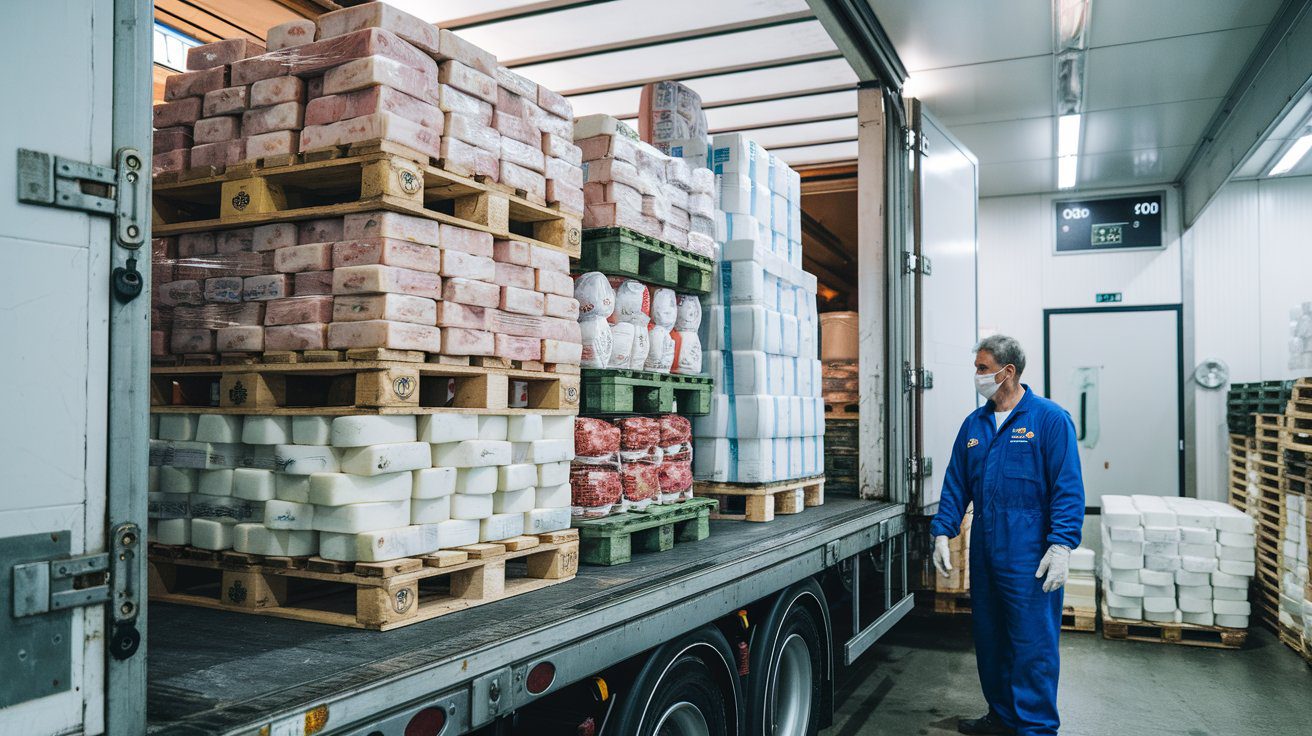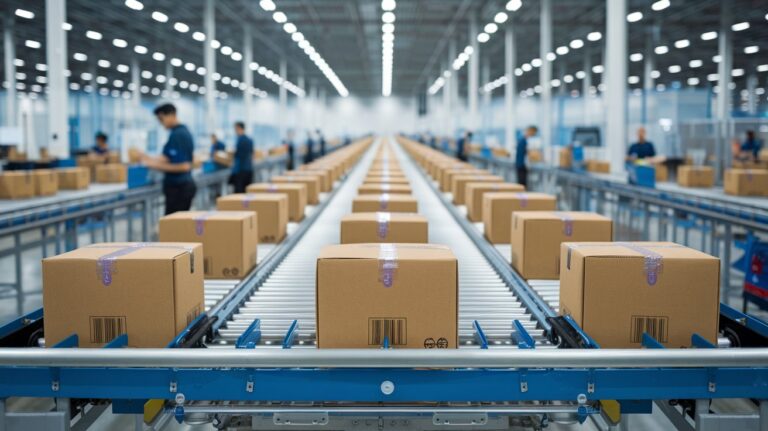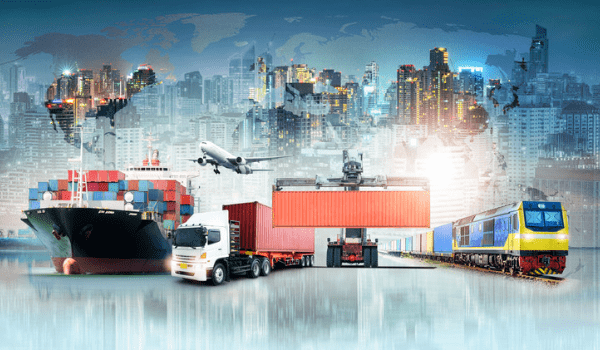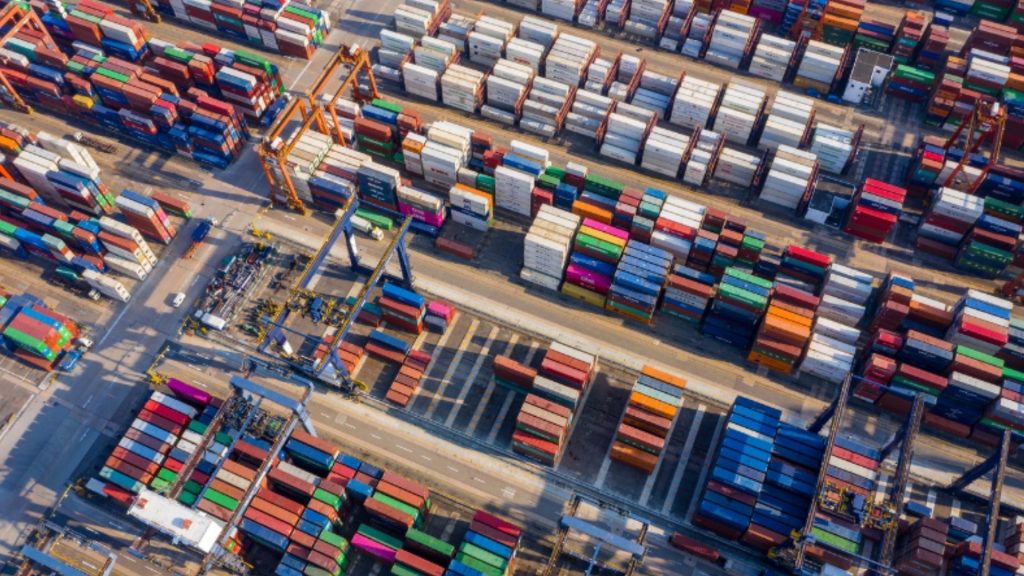The Ultimate Guide
to Intermodal Transportation Cold Chain Solutions

Shipping temperature-sensitive goods requires a logistical approach where precision and efficiency matter greatly. Thus, intermodal transportation cold chain solutions provide a seamless way to maintain product integrity. For instance, businesses shipping pharmaceuticals, frozen foods, or other perishables can rely on this system to keep goods safe throughout the journey.
What Is Intermodal Transportation Cold Chain?
The intermodal transportation cold chain is a system for moving temperature-sensitive goods through various modes of transport. These can include trucks, trains, ships, and airplanes. Moreover, this process uses refrigerated containers, ensuring that products stay at the right temperature.
Key Features:
- First, integrates multiple modes of transport.
- Second, keeps temperatures consistent throughout.
- Finally, reduces the environmental impact through efficient planning.
Why Intermodal Transportation Cold Chain Is Essential
Businesses that rely on temperature-sensitive goods often face significant challenges. However, intermodal transportation cold chains solve many of these problems.
- Enhanced Efficiency: With careful planning, transport modes are coordinated to improve delivery times.
- Cost Savings: Using rail or sea reduces the need for expensive air or road shipping.
- Product Integrity: Strict standards ensure goods maintain their quality throughout the journey.
Components of the Cold Chain in Intermodal Transport
A strong cold chain relies on several components that work together. As a result, each step contributes to keeping goods in perfect condition.
Refrigerated Containers
Refrigerated, or “reefer,” containers keep items at the required temperature, ensuring consistency.
Advanced Monitoring Systems
For example, IoT sensors track temperature and humidity, giving real-time updates to shippers.
Specialized Handling Protocols
During loading and unloading, strict guidelines minimize the risk of exposing goods to outside conditions.
Efficient Modal Handoffs
Smooth transitions between transportation modes are critical. In fact, this is one of the biggest challenges the cold chain overcomes.
Advantages of Intermodal Transportation Cold Chain
Cost-Effective Solutions
Compared to single-mode transportation, the integration of multiple modes can significantly reduce costs, especially for long distances.
- Environmental Sustainability: Intermodal solutions reduce greenhouse gas emissions by combining rail or sea with road transport, aligning with eco-friendly initiatives.
- Global Reach: Intermodal logistics make it possible to efficiently ship goods across continents while maintaining temperature integrity.
- Minimized Delays: Combining air and road transport reduces reliance on congested traffic routes, ensuring timely deliveries.

Applications of Intermodal Transportation Cold Chain
- Pharmaceuticals: Medicines and vaccines require precise temperature control to maintain efficacy, making the cold chain essential.
- Food and Beverages: Frozen and perishable foods rely on uninterrupted cold storage to prevent spoilage.
- Chemicals: Certain chemicals are highly sensitive to temperature changes, necessitating a robust cold chain.
- Floral Products: Fresh flowers need consistent refrigeration to preserve quality during transit.
Technological Innovations in Intermodal Cold Chains
Technology continues to revolutionize intermodal cold chain logistics, offering businesses greater reliability and efficiency.
- Smart Reefer Containers: Equipped with GPS and IoT sensors, these containers allow real-time tracking and data analysis.
- Blockchain for Transparency: Blockchain technology ensures transparent tracking of shipments, enhancing trust between suppliers and customers.
- AI-Powered Route Optimization: Artificial intelligence predicts the most efficient routes to reduce transit times while preserving goods.
- Autonomous Vehicles: The use of autonomous trucks in the cold chain could soon make logistics even more streamlined.
Overcoming Challenges in Intermodal Cold Chain
Despite its advantages, managing an intermodal cold chain involves addressing challenges like:
- Maintaining Consistency: Temperature fluctuations during transitions require robust technology and procedures.
- Infrastructure Gaps: Not all regions have adequate cold storage or transport facilities.
- Regulatory Compliance: Different countries impose varying standards, making compliance complex.
Best Practices for Effective Intermodal Cold Chain Logistics
- Choose the Right Partners: Work with logistics providers experienced in cold chain management.
- Invest in Technology: Use advanced tracking systems to monitor conditions in real-time.
- Plan for Contingencies: Have backup plans for unexpected delays or failures.
Future Trends in Intermodal Transportation Cold Chain
- Eco-Friendly Refrigerants: The industry is shifting to refrigerants with lower global warming potential to meet environmental standards.
- Hyperloop Integration: The potential use of hyperloop technology could revolutionize cold chain logistics by enabling ultra-fast transport.
- Expansion into Emerging Markets: Cold chain facilities are expanding into developing regions to meet the growing demand for perishable goods.
Intermodal Transportation Cold Chain: A Transformational Force
By combining advanced technology, efficient planning, and sustainable practices, the intermodal transportation cold chain ensures that businesses can meet modern demands for quality, speed, and environmental responsibility. Whether for pharmaceuticals or perishables, this system is an indispensable asset to global trade.
FAQs
What are the main benefits of intermodal transportation cold chains?
They provide cost savings, environmental sustainability, and maintain product integrity while ensuring global reach.
How does technology enhance the intermodal cold chain?
Technology such as IoT sensors, blockchain, and AI improves monitoring, transparency, and route efficiency.
What industries benefit most from intermodal cold chains?
Industries like pharmaceuticals, food and beverages, chemicals, and floriculture gain the most from robust cold-chain logistics.
What challenges do intermodal cold chains face?
Challenges include maintaining temperature consistency, addressing infrastructure gaps, and navigating regulatory compliance.
Why is sustainability important in intermodal cold chains?
Sustainability helps reduce greenhouse gas emissions and meets eco-friendly standards while optimizing costs.
How can businesses ensure effective intermodal cold chain management?
Partnering with experienced providers, leveraging technology, and preparing for contingencies are key strategies.
Centrally Located Cold Storage Solutions
Interested in learning about how our cold storage facilities can help your business? Reach out to our team today!

Get in touch with us today to learn more about how Evo Logistics’ climate controlled storage facilities can help your business thrive in the frozen storage logistics industry.
Our team understands the importance of being committed to ensuring the quality of our customer’s product is at its best throughout the shipping process. Our dedicated staff are trained to monitor and operate around the clock 24 hours a day, 365 days a year. With a focus on fast and timely delivery along with GPS tracking, we work to provide consistent satisfaction to our customers.




